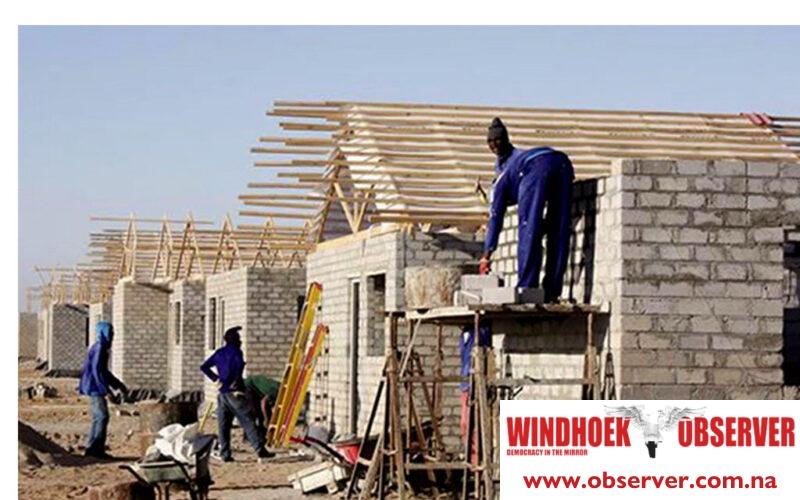Martin Endjala
Residential development in Windhoek and Swakopmund dominated building statistics during August, with construction activities in both cities continuing to show growth.
According to a report by Simonis Storm Securities, construction activity remained modest in both Windhoek and Swakopmund, with continued development in both regions.
Windhoek recorded an increase in approvals from 189 in July 2024 to 222 in August 2024, the highest on record for the year. Swakopmund also saw a rise in approvals, jumping from 39 to 64 during the same period.
Despite this increase in construction activity, the overall value of completed projects experienced a sharp decline.
Windhoek finalised 151 projects valued at N$67 million, a drop of N$48.1 million from the N$115.1 million recorded in July 2024.
“The data reveals that most of these completed projects in Windhoek were additions (100) to existing structures, emphasising a stronger focus on property enhancements and upgrades rather than new builds,” read the report.
The report stated that this trend may reflect ongoing economic caution, as property owners prioritise extending or improving current assets rather than embarking on large-scale new developments.
The remaining projects included the construction of 32 new houses, 18 boundary walls, and one commercial building, indicating continued demand for residential upgrades and smaller-scale property developments.
“These figures suggest that development is concentrated in established residential areas, emphasising improving living spaces and infrastructure rather than expansive new projects,” the report stated.
Swakopmund saw increased construction activity in August 2024, with 61 building projects completed, valued at N$43.7 million. This marks a significant increase compared to the 30 projects finalised in July 2024 and the 23 completed in August 2023.
Residential development dominated most construction activity in Swakopmund, demonstrating the Erongo region’s ongoing housing demand.
Of the projects completed, 33 new flats, 15 new residential houses, and 10 involved extensions or alterations to existing properties.
One commercial building was also completed during this period.
The report noted that this reflects a strong focus on residential growth, driven by the town’s expanding population and the ongoing need for housing.
The Bank of Namibia’s decision on 14 August to implement a 25 basis points rate cut, bringing the repo rate to 7.50% and the prime rate to 11.25%, signals a cautious approach to stimulating economic activity.
The immediate impact of this cut on the broader economy will take time to materialise, but consumers and businesses can expect relief from the reduced borrowing costs, which could potentially foster greater consumer demand and make mortgages and other loans more accessible.
According to the Ministry of Urban and Rural Development’s latest report in May, the government has built 8 639 houses in the last five years, while nearly one million Namibians have lived in shacks since 2008. The government has built an average of 1 727 houses annually, with a backlog of 300 000.
Since 1990, the government has built 81 291 houses through programs such as the Build Together Programme (BTP), informal settlement upgrading, and the National Housing Enterprise (NHE).
To date, the NHE has built about 18 304 houses since 1993.
The ministry has now revised targets for servicing plots from 6 500 to 2 846 every year, with an allocated budget of N$700 million for building, upgrading informal settlements, and servicing land.




